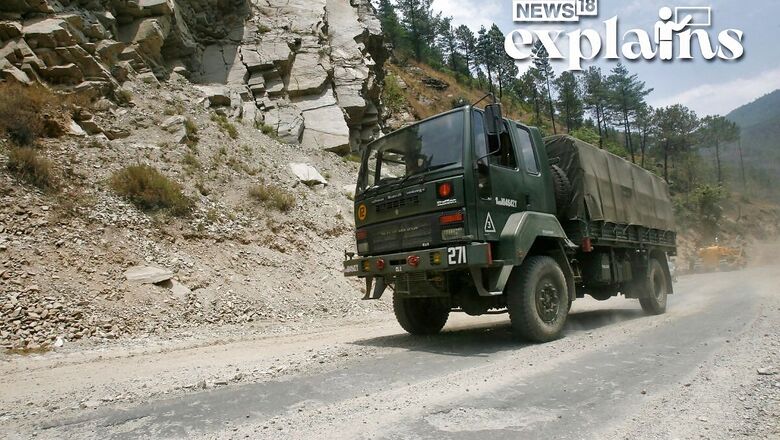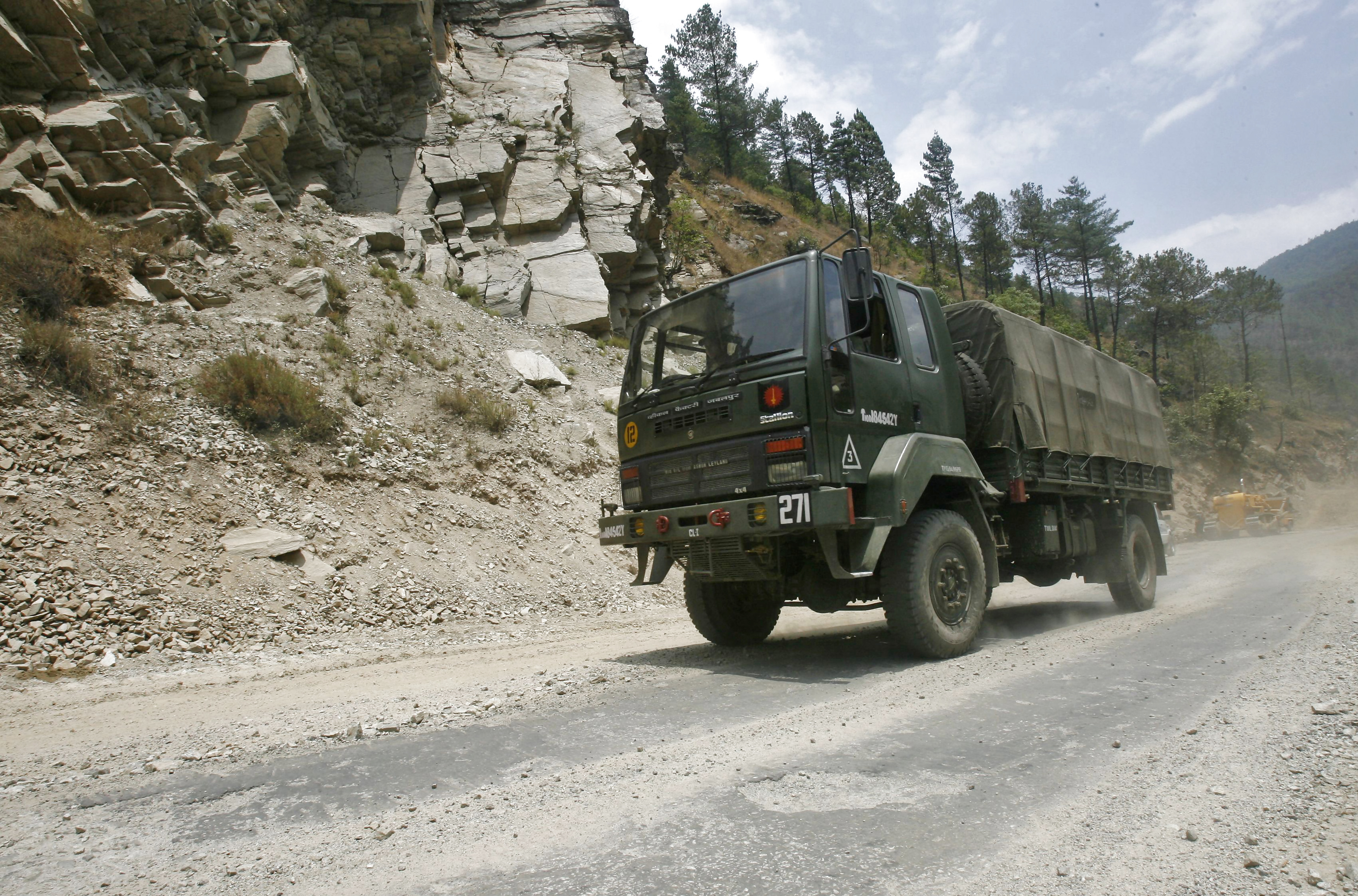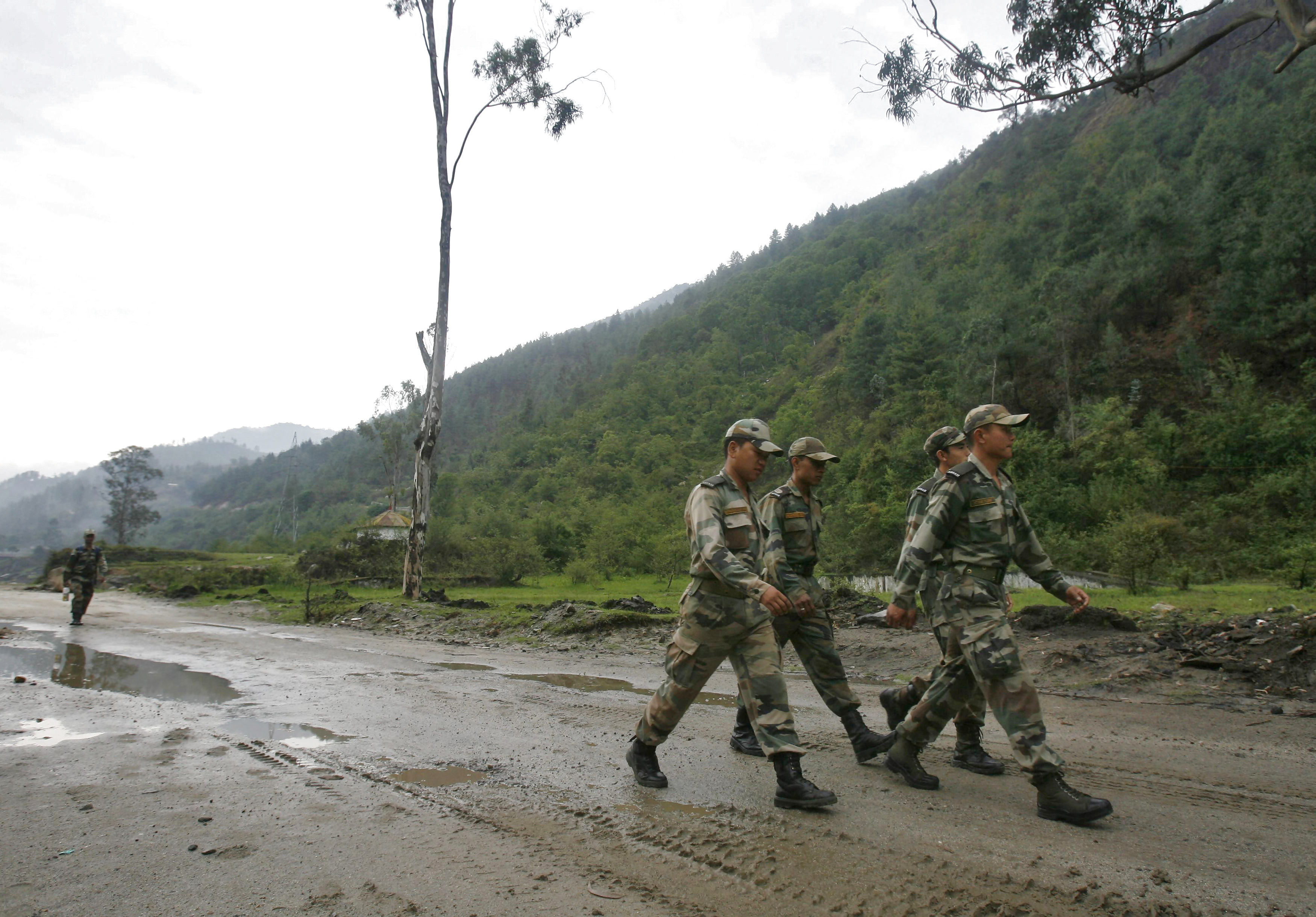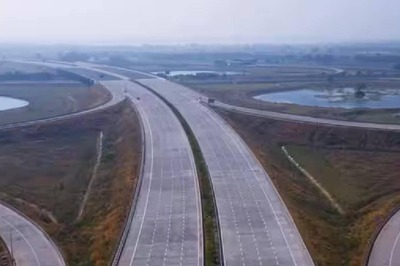
views
The United States recognises the McMahon Line as the international boundary between China and Arunachal Pradesh, said a bipartisan Senate resolution which affirms Arunachal Pradesh ‘as an integral part of India’.
Senator Bill Hagerty, who along with Senator Jeff Merkley introduced a bipartisan resolution in the Senate, said that at a time when China continues to pose grave and gathering threats to the Free and Open Indo-Pacific, it is critical for the United States to stand shoulder-to-shoulder with our strategic partners in the region, especially India. READ MORE on this here
Reaffirming that the United States recognises the McMahon Line as the international border between China and the Indian state of Arunachal Pradesh, the resolution follows the largest skirmish – the Galwan Valley clash – between India and China along the Line of Actual Control in six years.
But what is the McMohan Line? News18 Explains:
The McMahon Line separates the Chinese-occupied East Himalayan region from the Indian regions. This is a high-altitude mountainous area.
It was established by Sir Henry McMahon, then Foreign Secretary in the Government of British India, and is known as the McMahon Line after him. It is 890 kilometres long.

The McMahon line was the result of the 1914 Shimla Treaty between India and Tibet. But, China does not accept this agreement or line.
It travels from Bhutan’s eastern border along the Himalayan crest until it reaches the famous bend in the Brahmaputra River, where it exits from its Tibetan course into the Assam Valley, explains Britannica.
What is the Shimla Treaty?
In 1914, representatives from India and Tibet signed the Shimla Treaty for clear demarcation. China was not represented in this treaty because Tibet was an independent region at the time, hence there was no demand for Chinese representation at the time of this Treaty, mentions a report by Jagran Josh.
Hence, the McMahon Line is the unambiguous boundary line between India and China, according to the Shimla Treaty. The British overlords believed Tawang in Arunachal Pradesh and the southern part of Tibet to be part of India, which the Tibetans consented to. As a result, Arunachal Pradesh’s Tawang region became a part of India.
Why Doesn’t China Accept the McMohan Line?
According to China, Tibet has always been a part of its territory, hence the representative of Tibet are not entitled to approve any deal without Chinese authorization. China entirely captured Tibet in 1950. The McMahon Line is no longer approved or accepted by China.
China also contends that China was not involved in the Shimla Treaty, so it is not binding on it. China claimed its right to Arunachal Pradesh only after the takeover of Tibet in 1950, say reports.

However, India says that because Tibet was a weak but autonomous country when the McMahon Line was created in 1914, it has every right to negotiate a border deal with any country.
Tibet was not ruled by China when the McMahon Line was formed, according to India. As a result, the McMahon Line is the unambiguous and legal border between India and China.
Even after China occupied Tibet in 1950, the Tawang region remained a part of India.
Current Stance
The McMahon Line is recognised by India and is considered the ‘Actual Line of Control (LAC)’ between India and China, however China does not accept the McMahon Line. China believes the disputed territory is 2,000 kilometres long, while India asserts it is 4,000 kilometres long.
The Chinese however claim that Chinese territory extends southerly to the foothills of the Himalayas. This border dispute with independent India sparked the Sino-Indian war of October-November 1962.
Read all the Latest Explainers here




















Comments
0 comment